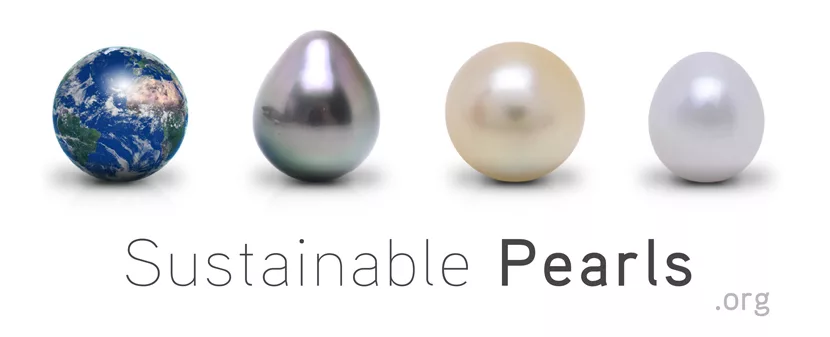Collaboration with reef fish in French Polynesia
First pearls were harvested in French Polynesia in 1961. The past five decades have seen a huge growth of the industry. One of the atolls that has seen most activity in Polynesian pearl production is Ahe in the Tuamotu Archipelago. In 2010, this atoll had 57 cultured pearl farmers working on 1055ha of marine concessions with 8% of the lagoon area was used for commercial pearl oyster cultivation.
The Kamoka Pearl Farm on Ahe has been a pioneer in responsible pearl farming advocating methods to reduce the impact of pearling on the ecosystem. One of its achievements has been to use reef fish to remove biofouling from oysters, an operation that needs to be carried out every couple of weeks to ensure healthy growth of oysters.
We carried out a research expedition to study the impacts of pearl farms on reef fish populations. A video of this 2012 National Geographic / Waitt Foundation funded research expedition can be seen here.
Impact
Rather than using mechanised technology for regular cleaning of oysters, the farm has chosen to build reef fish cleaning stations on its concessions. The biofouling offers food to reef fish and reduces the need for high-pressure jet cleaning of oysters. The farm protects reef fish and has built up synergies with reef fish populations to reduce the impacts of its pearl farming activities.
For more information on the Kamoka Pearls farm see www.kamoka.com
In action
Discover more pearl
sustainability case studies
Click on the case studies to learn more
